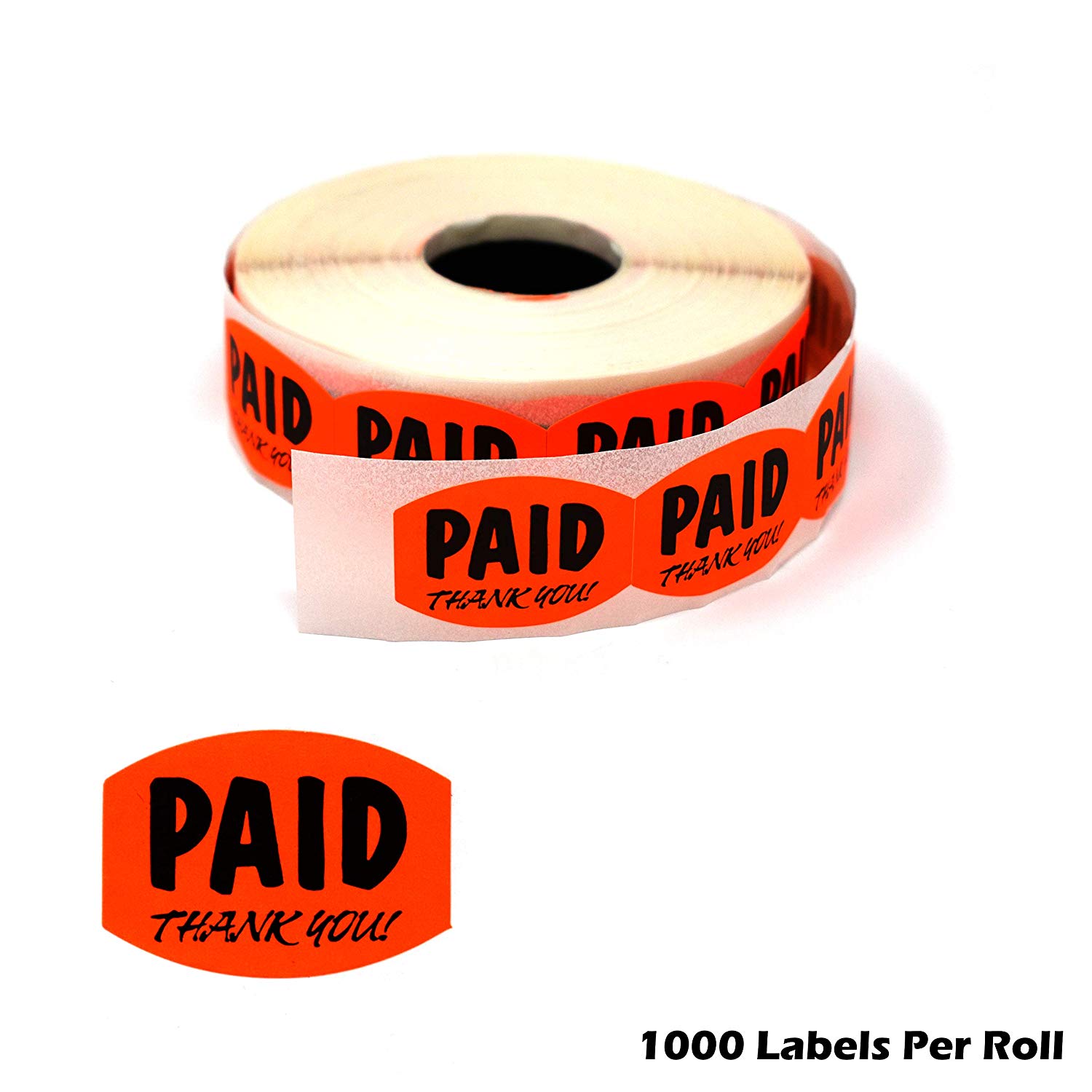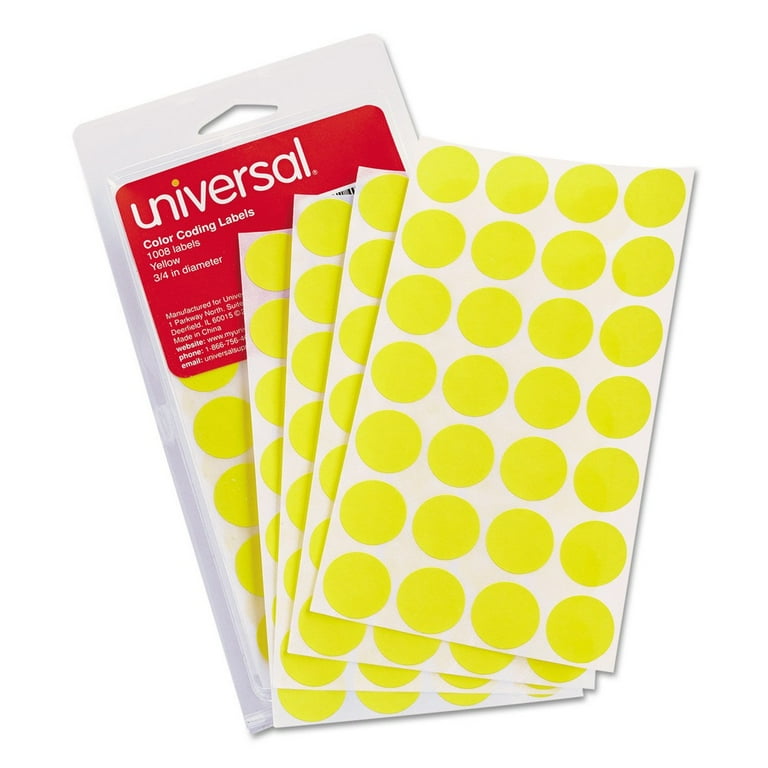Picking the Right Self-Adhesive Labels for Your Organization and Personal Demands
Selecting the appropriate self-adhesive tags for both organization and individual applications calls for a nuanced understanding of different factors that influence their performance. Key considerations include the product's resilience, suitable sizing for optimum visibility, and sticky strength customized to details use situations. Additionally, the selection of finish and printing approaches can dramatically influence aesthetic appeals and functionality. As we explore these essential components, it ends up being clear that a tactical approach is important to guarantee your labels not just meet assumptions however also enhance your overall branding and company efforts. What certain obstacles do you deal with in this process?

Comprehending Label Materials
When picking self-adhesive labels, understanding the different label products is vital to guaranteeing ideal performance and resilience. The selection of material straight influences the tag's appearance, capability, and longevity. Typical label materials consist of paper, vinyl, polyester, and polypropylene, each offering distinct benefits and downsides.

Polyester labels provide superior toughness, being resistant to tearing, wetness, and UV light. This makes them an excellent option for commercial applications or items that require lasting labeling remedies (Self-Adhesive Labels). Polypropylene, while similar to polyester, is commonly less costly and provides a great balance of resilience and print high quality
In addition, consider sticky kinds-- irreversible, detachable, or repositionable-- depending on your specific demands. Eventually, picking the best tag material is crucial for achieving the desired outcome, making sure that your tags perform efficiently in their designated atmospheres.
Establishing the Right Dimension
Selecting the suitable size for self-adhesive labels is a fundamental step that complements the choice of label materials. The size of a label can considerably affect its functionality, visibility, and overall impact. Therefore, it is necessary to consider the intended use of the tag when establishing its measurements.
Firstly, assess the information that requires to be shown. Tags consisting of more message or graphics will certainly need larger measurements to guarantee readability and visual allure. Alternatively, minimalist layouts might take advantage of smaller tags that preserve a sleek visual.
Furthermore, consider the surface area on which the label will certainly be applied. Various surfaces, such as containers, envelopes, or boxes, may determine certain size demands to make the most of attachment and exposure.
Moreover, think of the amount of tags needed; bigger labels may be more economical for bulk printing.
Examining Adhesive Toughness
Just how can one make certain that self-adhesive tags stay firmly affixed in various conditions? Evaluating adhesive strength is important for ensuring that tags perform efficiently, whether in a controlled atmosphere or subject to extreme temperatures, humidity, or other elements.
As an example, detachable adhesives are excellent for tags that might require to be rearranged or eliminated without residue, making them suitable for short-term applications. On the other hand, irreversible adhesives are made to hold up against numerous problems and supply a strong bond, making them suitable for long-term labeling demands.
Testing the sticky strength can involve peel bond examinations, which measure the pressure called for to eliminate the tag from a surface. Ultimately, choosing the right sticky toughness guarantees that self-adhesive labels accomplish their objective, preserving honesty and presence throughout their desired lifespan.
Selecting the Right End Up
The finish of self-adhesive labels plays a considerable duty in their total performance and appearance, enhancing the glue toughness previously talked about (Self-Adhesive Labels). The option of coating can influence not just the aesthetic influence of the tag yet also its longevity and functionality. Common finishes include matte, gloss, and semi-gloss, each serving different purposes
A matte coating supplies a non-reflective surface that check my source is ideal for creating, making it appropriate for labels that call for hand-written info. This coating additionally often tends to hide spots and fingerprints, boosting the get more label's look gradually.
Conversely, a gloss surface offers a glossy, vibrant appearance that enhances shade saturation, making it perfect for advertising labels that require to catch the eye. This finish might be much less appropriate for writing, as it can smear easily.
Semi-gloss coatings strike a balance between the 2, providing a mild sheen while preserving excellent writeability. In addition, think about variables such as moisture resistance and UV security, specifically for labels subjected to rough atmospheres. By thoroughly choosing the best coating, people and companies can ensure their tags properly convey their designated message while keeping resilience.

Taking Into Consideration Printing Options
Evaluating printing choices is important for maximizing the efficiency of self-adhesive tags. The method you pick will dramatically influence the top quality and longevity of the last item. Self-Adhesive Labels. Common printing methods include electronic, flexographic, and thermal transfer printing, each offering distinct advantages and factors to consider
Digital printing is ideal for short runs and variable information, enabling fast turn-around times and modification. This method allows organizations to produce labels with high-resolution graphics and complex layouts without sustaining substantial setup expenses. Nevertheless, it might not be one of the most cost-effective option for larger quantities.
Flexographic printing, on the various other hand, is fit for high-volume manufacturing. It makes use of flexible relief plates to transfer ink onto various materials, guaranteeing constant high quality throughout large batches. This method is frequently favored for its efficiency and capability to print on a vast array of substrates, including those with special surfaces.
Thermal transfer printing is one more feasible choice, especially for labels that require toughness against severe conditions. This method provides remarkable print quality and is typically used for barcode and inventory labels.
Ultimately, selecting the appropriate printing alternative rests on your particular labeling requirements, budget, and manufacturing quantity.
Final Thought
In final thought, selecting the proper self-adhesive tags necessitates cautious factor to consider of various variables, including label materials, dimension, glue strength, surface, and printing options. Each element plays a critical function in making certain that the tags meet particular organization or individual needs successfully.
When choosing self-adhesive tags, recognizing the numerous see page label materials is essential to making sure optimal efficiency and toughness.Choosing the ideal dimension for self-adhesive labels is a fundamental step that complements the choice of label materials. Ultimately, picking the right adhesive strength ensures that self-adhesive tags accomplish their objective, keeping stability and exposure throughout their intended lifespan.
The finish of self-adhesive tags plays a significant function in their total efficiency and appearance, enhancing the glue strength formerly gone over.In final thought, choosing the suitable self-adhesive tags requires careful factor to consider of different elements, including tag materials, size, glue stamina, coating, and printing choices.